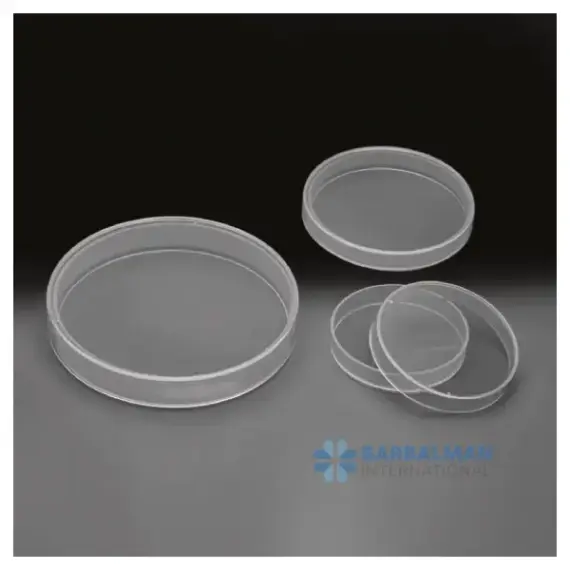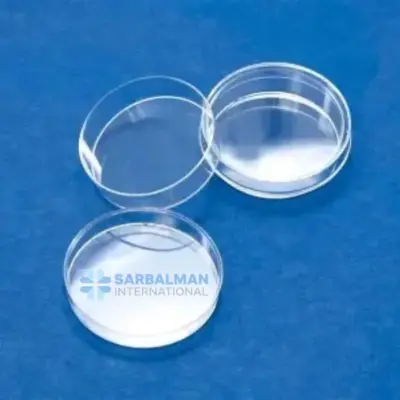Petri Dish
Free!
A Petri Dish is a clear, lidded dish for culturing and observing microorganisms and small specimens. Choose glass for reusability or sterile plastic for convenience. Options include vented lids for gas exchange and surface-treated plastics for cell attachment. The flat base ensures even media and easy colony counting. Ideal for labs, QC teams, and teaching spaces that need reliable results and crisp visibility.
Description
A Petri Dish is a shallow, lidded dish used to culture and observe microorganisms, cells, and small specimens. The flat base and clear walls let you spread media evenly and inspect growth without distortion. Dishes are commonly available in reusable glass or single-use plastic. Options include vented lids for improved gas exchange, non-vented lids for reduced evaporation, and surface-treated plastics that support cell attachment when needed.
Key features and benefits:
-
Clear, flat base for uniform media thickness and easy viewing.
-
Tight-fitting lid helps control evaporation and contamination risk.
-
Vented or non-vented lid designs to suit incubation needs.
-
Available in common diameters (such as 90–100 mm) for standard workflows.
-
Choice of materials: glass for reuse and high heat tolerance; plastic for convenience and sterility.
-
Stackable rims for stable incubation and efficient storage.
Typical uses and industries:
-
Bacterial and fungal culture in academic, clinical, and industrial labs.
-
Environmental monitoring, swab testing, and hygiene checks in food and beverage facilities.
-
Seed germination, small invertebrate observation, and general specimen work.
-
Cell-based assays and colony counting in biotech and pharmaceutical support labs.
-
Education and training where clear visualization is essential.
How it compares:
-
Glass vs plastic: glass withstands high heat and repeated sterilization; plastic offers ready-to-use sterility and consistent optical clarity without washing or autoclaving.
-
Vented vs non-vented lids: vented improves gas exchange for fast-growing cultures; non-vented helps limit drying during long incubations.
-
Treated vs non-treated plastic: treated surfaces aid cell attachment; non-treated surfaces are ideal for microbial plating.
Good practice:
-
Pair with appropriate media and sterile technique to minimize contamination.
-
Label the base, not the lid, to maintain sample identity.
-
Choose sterile, individually wrapped dishes for regulated sampling or critical QC work, and document batch information according to internal SOPs.
Well-designed Petri dishes improve plating consistency, visibility, and throughput, helping teams work faster with fewer repeats.





